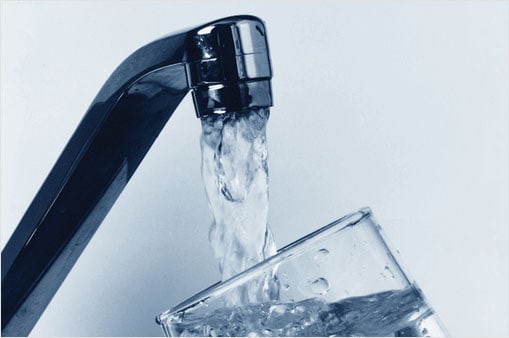Table of Contents
Although an increasing number of research organizations are revealing that our water resources are contaminated with harmful metals like lead, the general public still lacks basic awareness about the potential carcinogenic and its effect on human health.
First Thing’s First – What is Lead?
A toxic metal often found in natural deposits, lead can be present in water, food, and air. Until the late 1970s,
Lead is most harmful to children’s health and is a potential carcinogenic that exposes them to a variety of health risks.

How Does Lead Get into Water?
Lead can leach into drinking water when pipe fittings made from lead eventually corrode. This happens mostly due to low mineral content or high acidity in the water. Lead fixtures, faucets, and pipes are the most common sources, but lead service lines are the most significant source of where all the lead in drinking water comes from.
Lead service lines are present in older homes and cities where pipes were fitted prior to 1986. However, even homes that aren’t connected to a lead service line, lead can enter drinking water supply through brass plumbing that has been soldered with lead.
Is There an Allowed Lead Content?
According to the Safe Drinking Water Act, the maximum content of lead that can be allowed to still consider water lead-free is 0.25 percent across the used surfaces of pipes, fixtures, and fittings. For flux and solder, the limit is 0.2 percent.

How Do I know if there’s Lead in My Water?
You may think that it’s easy to detect lead in the water by its taste or smell, but it takes a much smaller concentration for lead-contaminated water to be harmful. When water sits in lead-based pipes for many hours, it leaches into the water.
The only way to find out lead concentrations in your tap water is to have it tested, because it’s not possible to see, taste or smell minute amounts of lead that can seep into your water supply.
If your home receives water from a public water system, you can find information on lead concentrations in the area’s tap water, on the internet.
Safety Precautions to Prevent Lead in Drinking Water
The Environmental Protection Agency recommended various measures that you should take to avoid drinking lead-contaminated water. This includes only drinking cold water, flushing out the home’s pipes before drinking water from the faucet, cleaning the aerator regularly, and using a filter.
Choosing a Filter
It’s important that you purchase a filter that’s certified to remove lead from drinking water by the Water Quality Association, California Environmental Protection Agency, and NSF International.
Opt for filters that can remove at least 99 percent of lead from drinking water, and check how recent the model is, because specifications may change. When using a filter to remove lead from drinking water, make sure to change the filer on a regular basis. Overused filters don’t work as effectively to remove lead.

CALL A LICENSED PLUMBER
Here at Carter’s My Plumber, we will evaluate the situation with courtesy, respect, and a smile!! We hope to have your plumbing back to working efficiently in no time! We know how inconvenient it is to be dealing with low water pressure when you have daily tasks that need to be done. Don’t hesitate to give us a call at 317-859-9999 or make an appointment online! We are here for you and hope you entrust us with your plumbing needs.



